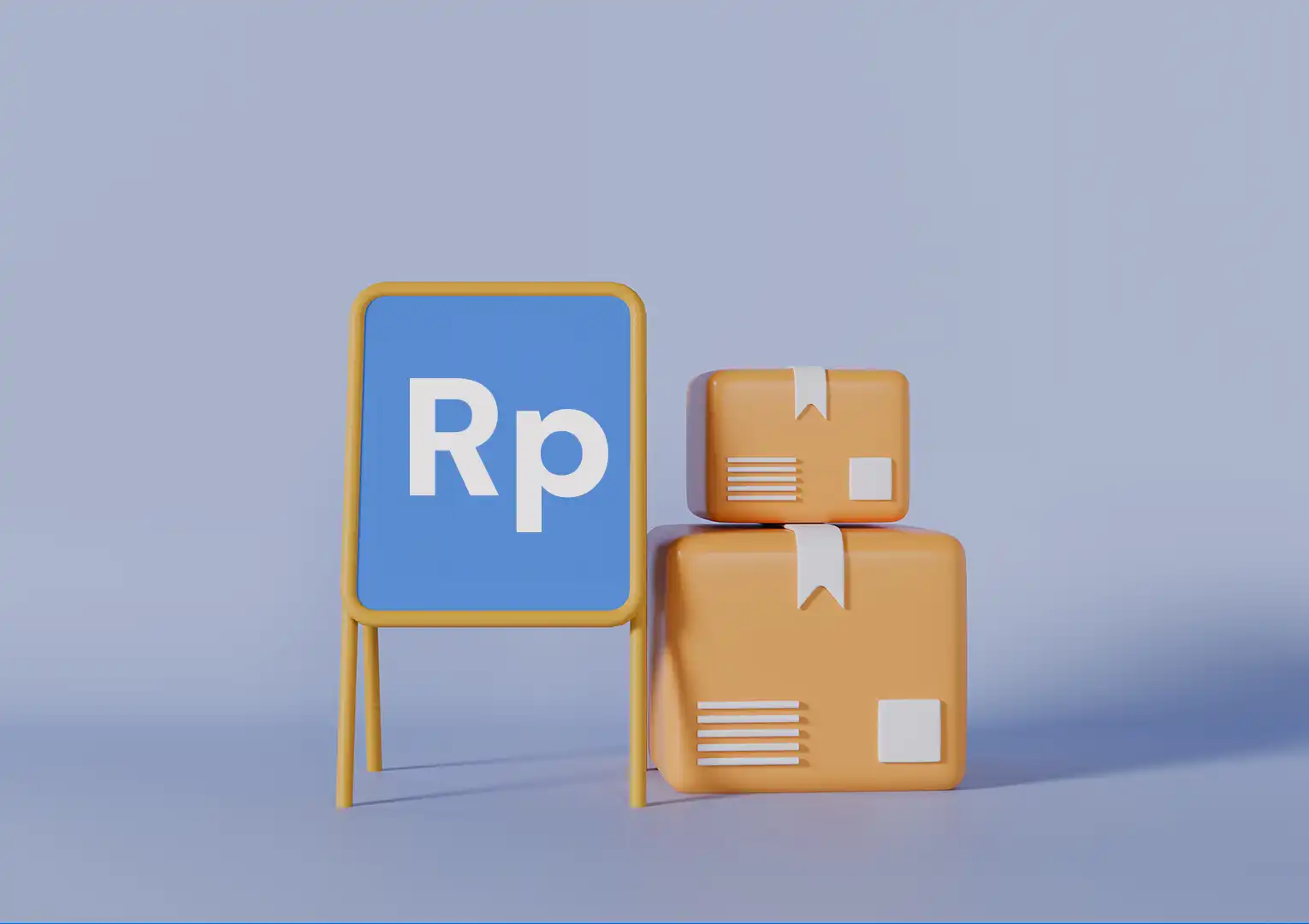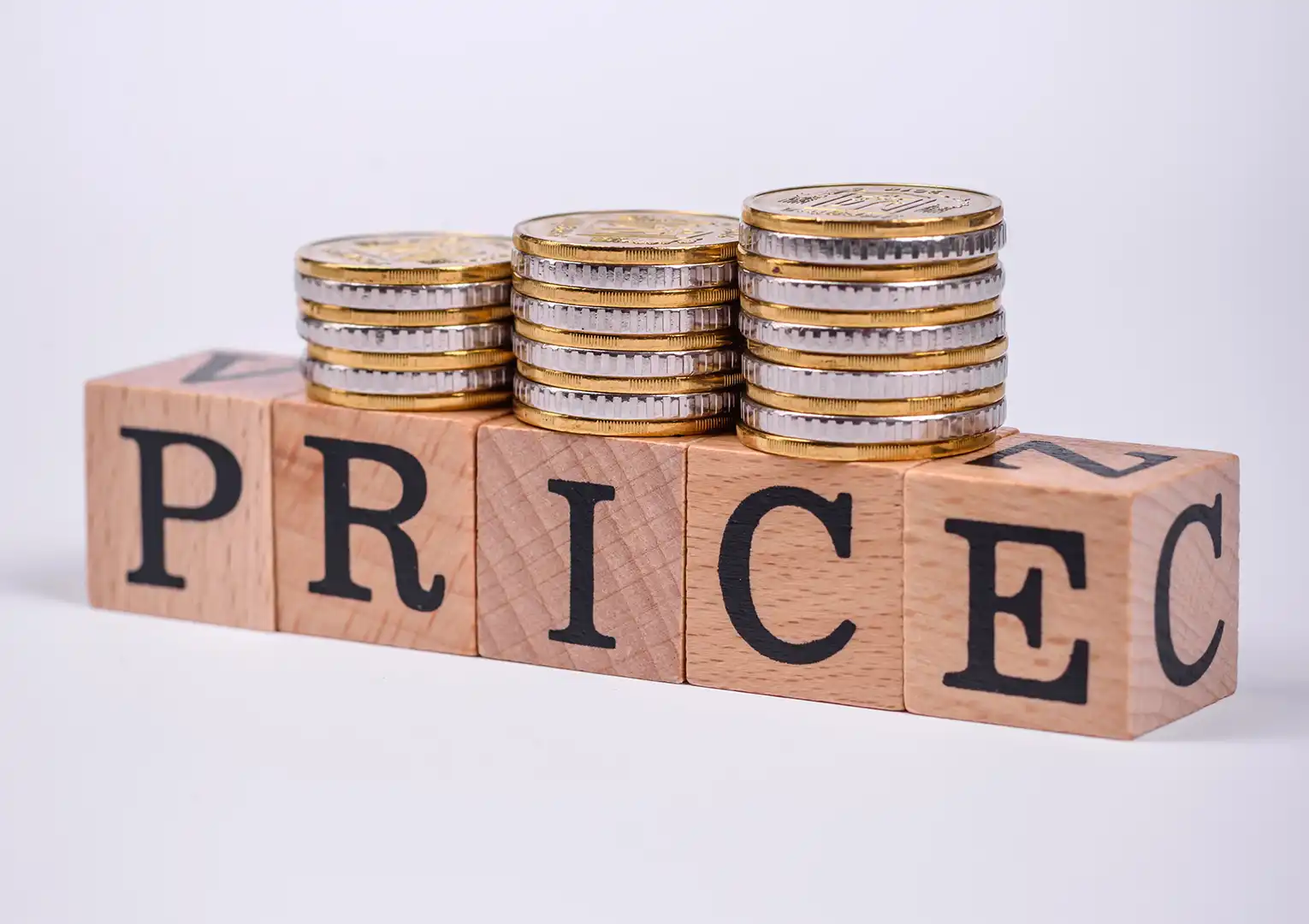Step-by-Step Guide to Setting the Right Selling Price for Your Product
February 21, 2025
Share This Article

Setting the right selling price for your product is a crucial step in running a successful business. The right price is key to ensuring profitability and market competitiveness. If you set the price too low, you might not only lose money but also risk your product being perceived as low quality. On the other hand, pricing too high could drive potential customers away.
So, how do you determine the right selling price for your product? Find out the answers here!
What Is a Product Selling Price?
According to the Product Marketing Alliance, the selling price of a product is the amount a customer must pay to acquire a product or service.
The price varies based on factors such as how much customers are willing to pay, how much sellers are willing to accept, and how competitive the price is compared to other businesses.
When discussing selling prices, you can’t separate them from pricing strategies, which determine the numerical value of a product based on internal and external factors.
Pricing has a direct impact on business success, influencing cash flow, profit margins, and customer demand.
Why Is Setting the Right Selling Price So Important?
To better understand why setting the right selling price is crucial, here are some key impacts that explain its importance.
1. Business Profitability
As mentioned earlier, selling pricing that’s too low can shrink profit margins and impact your product’s perceived value. On the other hand, setting prices too high can make sales more challenging.
2. Market Competitiveness
Your product’s selling price reflects its value in the market. When placed alongside competitors, selling price can determine market positioning, competitive strength, and customer appeal.
3. Business Sustainability
A well-calculated pricing strategy allows your business to operate efficiently, remain competitive, and achieve long-term growth.
4. Market Perception
Pricing influences how customers perceive product quality. A well-balanced price should reflect value without making the product appear too cheap (underpriced) or excessively costly (overpriced).
5. Marketing Strategy
Your selling price approach will directly affect how you promote your product. Whether through discounts, bundling, or special promotions, a well-set price ensures flexibility in marketing without harming profitability.
How to Determine the Selling Price of a Product
Setting Price is a strategic decision that must be made carefully. Essentially, it involves calculating all the costs involved and then adding the desired profit margin. In marketing, this approach is known as cost-plus pricing—one of the simplest methods for setting product prices. To implement it, follow these seven steps.
1. Calculate Direct Costs
Direct costs are the expenses directly incurred in producing a product or providing a service. These include raw material costs and direct labor costs.
Direct Costs = Raw Material Costs + Direct Labor Costs
2. Calculate Cost of Goods Sold (COGS)
Cost of Goods Sold (COGS) represents the total cost required to produce a product or provide a service that is ready for sale.
A simple way to calculate it is by adding direct costs, amortization or depreciation costs, and factory overhead costs.
COGS = Direct Costs + Amortization/Depreciation + Factory Overhead Costs
Meanwhile, for wholesalers or distributors, the cost of goods sold (COGS) can be formulated as follows:
COGS = Direct Costs + Inventory + Amortization/Depreciation + Facility Overhead Costs
If you want to calculate Gross Profit, use this formula:
Gross Profit = Total Revenue - COGS
To determine Gross Margin, apply this formula:
Gross Margin (%) = (Gross Profit / Revenue) x 100
3. Calculate the Break-Even Point
The break-even point (BEP) provides a clear understanding of how to recover costs by selling the produced products. It indicates the sales volume needed for a company to break even—neither incurring a loss nor making a profit.
BEP = Overhead Costs / Gross Margin
Example:
Untung Group generates revenue of Rp 100,000,000 after selling 10,000 units at Rp 10,000 per unit. If the company has a gross margin of 65% and overhead costs of Rp 25,000,000. The break-even point is calculated as follows:
BEP (in sales) = Rp 25,000,000 ÷ 65%= Rp 38,461,538
BEP (in units) = BEP (in sales) / Selling Price per Unit=
Rp 38,461,538 ÷ Rp 10,000= 3,846 units
This means that Untung Group will recover its cost of goods sold and overhead costs after selling products worth Rp 38,461,538 or 3,846 units. However, at this sales level, the company does not yet generate a profit.
4. Determine Markup
Markup is the difference between the selling price and the production cost, serving as the source of profit for a product or service. It is typically expressed as a percentage.
Markup helps ensure that a company achieves a sufficient gross margin to cover expenses while attaining the desired profit.
To calculate markup, you can use the following formula:
Markup = (Gross profit per unit / Selling price per unit) × 100%
Example (Continuing the previous illustration):
Untung Group has overhead costs of Rp 25,000,000 and aims for an operating profit of Rp 10,000,000. They plan to sell 3,000 units, which is below their break-even volume if the selling price remains Rp 10,000,000 per unit.
Given that the cost of goods sold (COGS) per unit is Rp 6,500 and the gross profit per unit is Rp 3,500, they need to set a higher selling price and recalculate the markup to achieve the desired operating profit.
Step 1: Calculate the current markup per unit
Markup = (Rp 6,500 / Rp 3,500) × 100%= 186%
Step 2: Calculate New Selling Price
Selling price = [(Rp 3,500 × 3,000 units) + Rp 25,000,000 + Rp 10,000,000] / 3,000 units
= Rp 45,500,000 / 3,000 units
= Rp 15,166 per unit
Step 3: Check the new markup
Markup = (Rp 15,166.00 - Rp 3,500.00) / Rp 3,500.00 × 100%
= 333%
Therefore, in order to realize the expected scenario, Untung Group needs to set the product price at Rp 15,166.00 per unit (with a markup of 333%).
5. Study Consumer Purchasing Power
In addition to using mathematical calculations as mentioned above, businesses must also analyze consumer purchasing power.
Can your target consumers afford the selling price you’ve set? A high profit margin is great, but it won’t matter if sales targets are never met because your market cannot afford the product due to its high price.
To navigate this situation, there are two strategies you can apply:
Lower the sales volume target but set a higher price. This approach is suitable for exclusive or premium products.
Keep prices low while aiming for higher sales volume.
6. Analyze Competitor Strategies
Since competitor pricing can directly impact your sales, it’s essential to study your competition—including the prices they set.
This will give you insights into the market’s standard pricing while also helping you identify ways to highlight your unique selling points.
7. Regularly Evaluate Pricing
The business landscape is constantly evolving, as are global economic conditions. While the impact may not be immediate, these changes can affect your target market and expected profit margins.
Therefore, it’s crucial to regularly assess your pricing strategy to ensure it remains relevant or determine if adjustments are necessary.
Pricing a product isn’t as simple as it seems, right? To better analyze your business finances, you can use the Labamu app, which automatically generates financial reports. Download the app now on Google Play or the App Store to explore its benefits!







